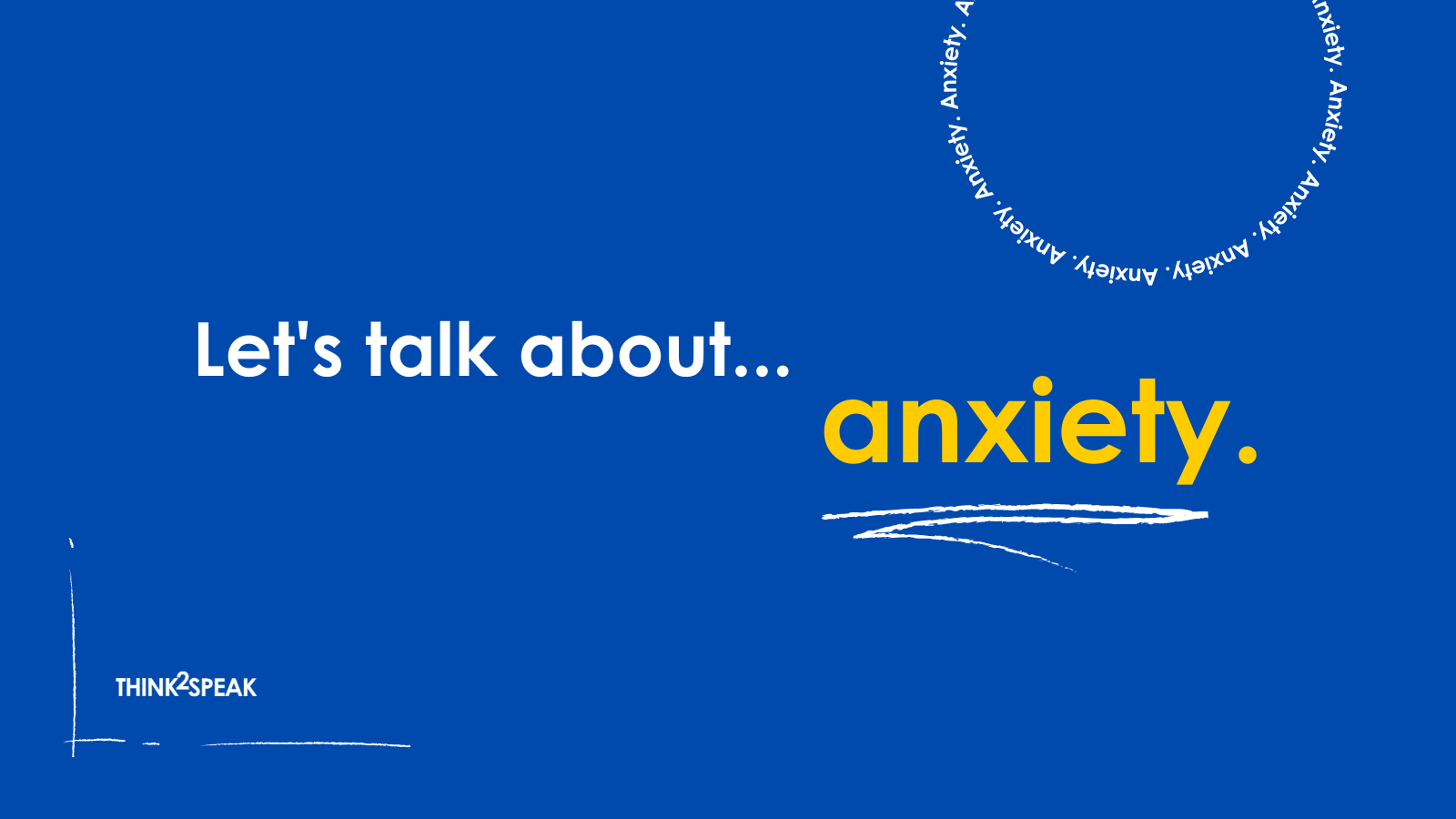Let’s talk about anxiety
Most of the time, talking about our worries or what makes us feel anxious helps us to feel better. By giving it a name and talking about how it can affect our brain and body can be really helpful in making them seem smaller, teaching us coping mechanisms and sharing our feelings with others helps to process them.
There are many different types of anxiety:
A fear or phobia about something specific
Feeling anxious most of the time for no apparent reason
Separation anxiety
Social anxiety
School-based anxiety
For more in-depth information see -https://www.nhsinform.scot/illnesses-and-conditions/mental-health/anxiety-disorders-in-children)
Remember we all have anxiety in some form - it is actually a very useful part of us - we feel anxious when we are scared and our brain releases chemicals that activate an alarm in our heads. It is there to gives us some protection and can also be used as a motivator. We just need to learn how to use the anxiety and worries to our advantage rather than a disadvantage, this can be harnessed in a range of ways.
Research suggests that avoiding the anxiety trigger is likely to make things worse https://childmind.org/article/anxiety-and-mindfulness/. We can’t live a completely stress-free life, a small amount of worry is ok and it is important for everybody to realise that we all worry at times and worrying situations can’t all be removed as life will throw up challenges that might make us anxious.
Watch Flight Fight Freeze a guide for anxiety for kids. https://www.youtube.com/watch?v=FfSbWc3O_5M
Avoidance will only increase anxiety, if a child is anxious about going to school keeping them at home is more likely to increase rather than decrease their anxiety about attending as messages are being reinforced about it not being a safe place. The more we do something and see we have come to no harm the more likely it is that the anxiety will lessen. Use gentle persuasion to get the child or young person to move out of the anxious state.
Take your time
Take small steps
Break the situation down into manageable pieces
Anxiety has a physical effect on our body and it is important to link up the body feelings with emotional feelings. Asking children: ‘Where do you feel this in your body?’ often makes it easier to explain than: What are you feeling?
Anger
Difficulty sleeping
Defiance
Lack of focus
Avoidance
Negativity
Over planning
Overthinking
Aggressions
Sometimes anxiety can lead a child into a complete meltdown as they struggle to cope with the overwhelming feelings and emotions that are going on in the brain. It is really important to recognise that fear is the driver for the behaviour, and this may change the approach taken to deal with the meltdown.
Regulating breathing or mindfulness is one of the best ways to reduce anxiety, it can help us feel calmer and better able to manage ourselves and our emotions enabling us to make calm choices and decisions without anxiety, worries or fear overwhelming us. We need to move our thinking from what may have gone before and what might happen in the future to the here and now.
Here are some exercises to try. These are best practised when you are not in an anxious state. Practice together as a family so the child or young person doesn’t become the focus as this in itself can create greater anxiety.
Smell the flowers and blow out the candle is a simple breathing exercise for the whole family if you are feeling anxious, angry or stressed:
Take a long breath in through your nose as if you were smelling the flowers hold and then blow out as if you were going to blow out a candle. Repeat at least 5 times.
Think about:
5 things you can touch
4 things you can see
3 things you hear
2 things you smell
1 thing you can taste
5-4-3-2-1 is a great mindfulness exercise but can be hard for children to remember, encourage them to come up with their own routine? This might involve exercise, dance, song. Encourage the CYP to draw this out and place in a space they are likely to see it most.
An example of an exercise version could be:
5 press-ups
4 bunny hops
3 forward rolls
2 hops on one leg
1 massive star jump
Whilst this might increase breathing it will move the breathing from the deregulated state and back under the control of the person.
Using a stress ball or having something to hold on to or squeeze can also help keep us calm. It is also great fun to make a stress ball together.
How to make a stress ball:
Use a funnel to pour lots of beads into an empty water bottle.
Blow up a clear balloon, and hold the end so it stays blown up. Then pull the end of the balloon over the top of the bottle.
Carefully turn the bottle upside down, whilst holding the neck of the balloon so it stays on the bottle. Then pour the beads into the balloon.
Hold the neck of the balloon and remove it from the bottle. Then slowly deflate the balloon until there is no air left inside.
Tie a tight knot in the neck of the balloon.
Top Tip: The more beads you add, the bigger your stress ball will be. You can find more details here:
https://www.bakerross.co.uk/craft-ideas/kids/beads-stress-ball/
Sometimes we struggle to find the words to describe what is happening to us this can increase our anxiety as we aren’t able to explain or ask for the help and support, we need.
Write down a list of negative emotions such as:
Upset
Sad
Angry
Worried
Scared
Alone
Anxious
Frustrated
Discuss the different words on the sheet with the child or young person to ensure they understand what they mean. Then write or draw a list of things that help when they feel anxious. This could be a breathing exercise, drawing, writing, jumping on the trampoline, or just sitting quietly. When you have this list - cut out the words or pictures they have drawn and these can then be used at times of anxiety as a reminder of the coping strategy they have chosen for themselves. Make it visual, calm and colourful if you have a reluctant drawer or writer you can just cut out words and images and stick them onto the card. This needs to be completed when everyone is in a calm state.
Watch Inside Out
Inside Out is a brilliant film that teaches us about a range of emotions and show how we need a flow of emotions for normal functions. These are essential for our wellbeing. After watching the film, cut out an image of each of the characters and discuss when you have felt like this, what helped you feel better and what you could do in the future when you feel like this again that might help to deal with each emotion.
There are many other ways of helping to reduce anxiety including:
Exercise
Painting
Colouring
Reading
Journaling
Eating favourite food
Watching something funny
Go for walk
Talking to a trusted person who will just let you tell your story
However, if anxiety is really affecting a child’s emotional health and physical wellbeing and preventing them from actively engaging in everyday life situations you may want to consider seeking professional help and support.
More information and resources:
Barnardos ( 2020) What is anxiety a guide for young people. https://www.barnardos.org.uk/blog/what-anxiety?
Coping for kids https://copingskillsforkids.com/calming-anxiety
Childmind institute https://childmind.org/article/anxiety-and-mindfulness/
NHS infom (2020) Anxiety disorders in children, https://www.nhsinform.scot/illnesses-and-conditions/mental-health/anxiety-disorders-in-children






